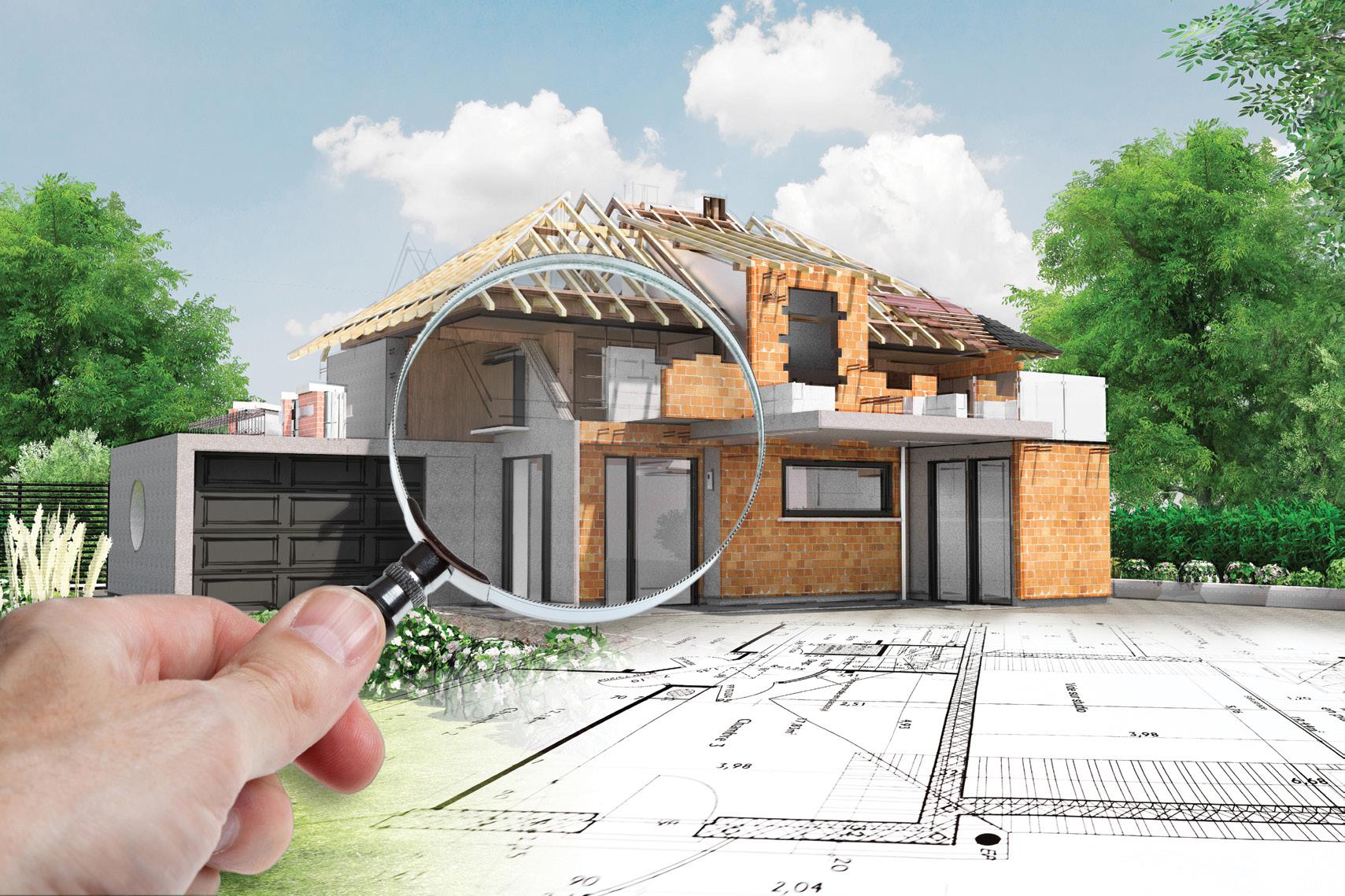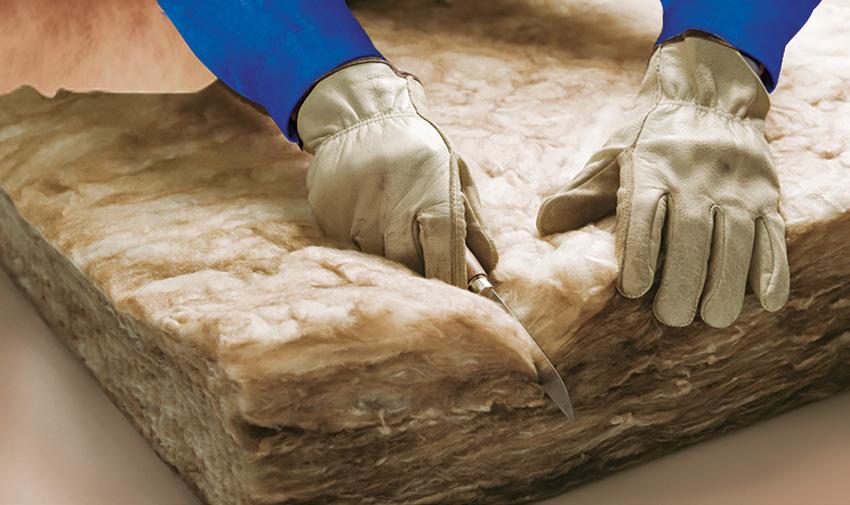
6 minute read
Insulation the first step to going green
If consumers are thinking of making their homes more energy efficient, the first thing they should be considering is how they can improve its insulation.
Daneel Pretorius, category manager of Swartland’s Summit range of insulation and decorative ceiling products shares what it is that makes insulation such an important addition to a home. There’s no doubt that insulation presents the easiest and most economical way to reduce energy consumption required for heating and cooling a home.
“The better your home is insulated, the more energy you will save when trying to maintain a constant and comfortable indoor temperature. In fact, before you invest in any kind of air-conditioning units, heaters, or green sources of energy, such as solar panels, solar water heating units or heat pumps for example – the first step you should take is to improve your home’s overall insulation,” says Pretorius.
Making sure that a home is well insulated is not just a nice-to-have – according to the SANS 10400-XA building regulations, proper insulation is actually a legal requirement for any new building.
Making sure a home is insulated is not just a nice-to-have, it's a must.
WHAT IS INSULATION?
Thermal insulation is defined as products that help reduce and slow heat loss or gain by providing a barrier between areas that are significantly different in temperature. Insulation helps keep the desired temperature of your home constant all year round – protecting it against the cold in winter, and the heat in summer. A well-insulated home will be exceptionally energy efficient – requiring very little energy to keep the indoor temperature at a constant and comfortable level.
DIFFERENT TYPES OF INSULATION
Wall insulation: There are two types of wall insulation – cavity and solid wall insulation. Cavity wall insulation is used to fill cavities between the inner and outer wall sleeves. Solid wall insulation is when there is no cavity to fill inside the wall, and as such, the insulation has to be installed on the inner or outer surfaces of the wall. External solid wall insulation, such as fibreglass or wooden shingles for example, needs to be weatherproof, and generally covers the entire external façade of the building. Inner solid wall insulation on the other hand, such as tongue-and-groove XPS insulation board is installed onto the wall surfaces of interior rooms.
Roof and ceiling insulation: Roof insulation, such as Knauf mineral wool insulation for example, comprises rolls of soft insulation material that is installed in the roof, between the joists and rafters. Ceiling insulation, such as XPS insulation board for example, comprises rigid polystyrene foam board that is installed onto a room’s ceilings in order to provide a layer of thermal and moisture protection and to increase the room’s overall energy efficiency.

Roof insulation, such as mineral wool insulation comprises rolls of soft insulation material that is installed in the roof, between the joists and rafters.

Window insulation: As much as 30% of a home’s heat loss can occur through its windows. Today, it is vital to choose energy efficient windows – not only because it will make the interior spaces more comfortable, but with the SANS 10400 National Building Regulations, it is also a legal requirement to meet certain energy-saving criteria. Double-glazed windows, such as Swartland’s Cape Culture doubleglazed windows for example, are the ultimate in energy efficiency – they comprise an energy efficient sealed glass unit with two sheets of glass, separated by a spacer bar, which creates a small gap between the two panes and is usually filled with an inert gas called Argon. This creates a barrier between the inside and the outside of the window unit, and provides insulation keeping the cool air inside and the warm air outside, or vice versa.
A more affordable option are windows with Low E glazing, which comprises glass panes with an ultra-thin coating that ensures less heat passes through. This coating allows light to pass through the glass, but it blocks UV light, which usually generates heat.
Floor insulation: You have probably noticed how cold a concrete or tiled floor can be in winter. Floor insulation will solve this issue – it creates an insulation barrier between the cold cement foundation, and the floor substrate above. In modern homes, there is usually standard insulation between the concrete and the floor substrate, however in older homes with suspended floors, insulation usually needs to be added to the underside of the flooring. XPS insulation board is the ideal material for this job, as it is easy to install, light weight, affordable and a very efficient insulator.

An under-insulated home could use up to 30% more energy to keep it at a comfortable temperature.
THE BENEFITS OF HOME INSULATION
Of course, the first thing that comes to mind when thinking of insulation, is how it can help keep your home warm in winter and cool in summer.
Insulation offers a whole host of other useful benefits as well, including: Energy savings: Did you know that an underinsulated home could use up to 30% more energy in order to keep it at a comfortable temperature. Air leaks around your windows, doors, through your ceiling, walls and floor, will waste a lot of energy as your heater or air-con will have to work overtime in order to maintain a comfortable ambient temperature. Insulation will help keep the warm or cool air where it is needed most, and thereby ensure lower electricity bills.
Reduce your carbon footprint: Insulation can help you use less energy, which will lower carbon emissions and reduce your home’s impact on the environment. It is essential to look for insulation with good green credentials. XPS insulation board for example, is 100% recyclable, and its manufacture does not emit any harmful wastes or by-products.

Insulation presents the easiest and most economical way to reduce energy consumption required for heating and cooling a home.
Knauf insulation boasts Ecose Technology, which means that it is manufactured from rapidly renewable natural materials instead of petroleum and bonded using a bio-based technology that is free from phenols, acrylics, and it has no added formaldehyde, artificial colours, bleach or dyes.
Better indoor air quality: Due to the fact that insulation stands as a barrier between you and the outdoor world, it helps keep irritating allergens and environmental pollutants out of the air circulating around your home – ensuring better indoor air quality.
Prevents noise pollution: Insulation will not act as a complete sound barrier, but it will definitely help reduce the volume of external noise. It will also work the other way around – allowing you to turn up the music inside your home, without disturbing your neighbours.
Protection from moisture and mould: Insulation helps to provide a seal against unwanted moisture and humidity, which helps protect your home from excess moisture, mildew and mould.
A fire barrier: Insulation can help stop the spread of fire. Knauf insulation for example, has been awarded Euro Class A1, and SANS10177 – Part 5 fire certification. XPS insulation board will be classified as B/B1/2/H&V in terms of SANS428, which means that although it is combustible, it poses no flame-spread hazard. In fact, when exposed to fire, it will shrink away from the heat source, creating no flaming droplets or flame-spread.





